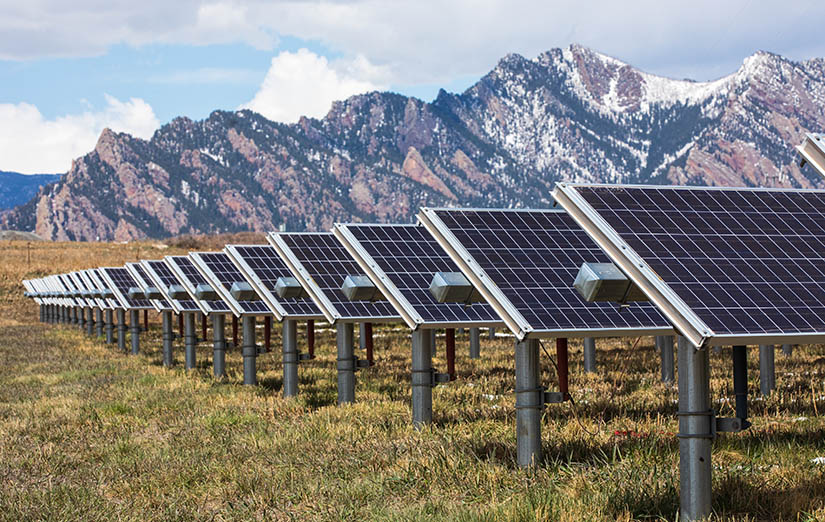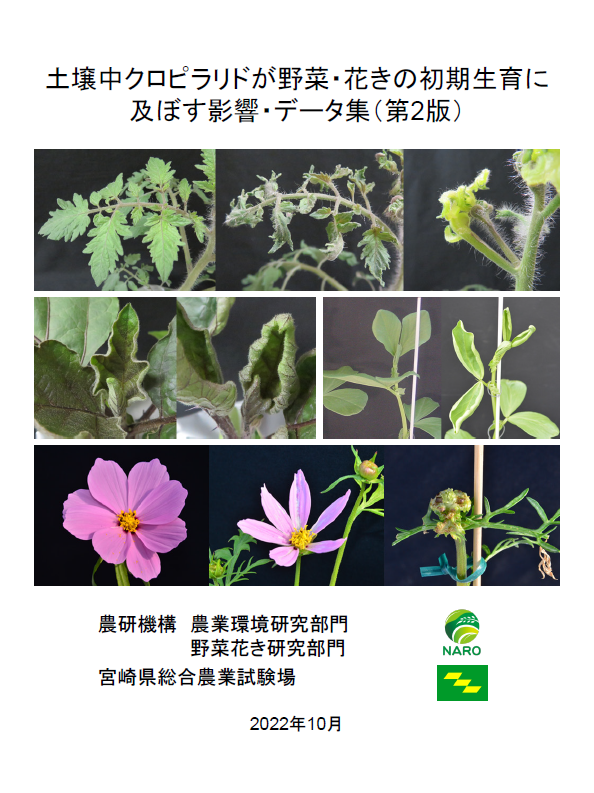2022-10-24 マックス・プランク研究所

Researchers have determined that moving solar arrays farther apart from each other can have benefits both in economics and efficiency. Werner Slocum, NREL
太陽光発電(PV)モジュールの温度は、モジュールの電気出力に影響を与えるという点では、太陽光の量に次ぐものである。モジュールの最大出力は、モジュール温度が1度上昇するごとに0.3~0.5%低下する。モジュール温度の主な要因は日射であり、風速は二次的な影響を与える。
パネルの間隔を広げることで、太陽電池モジュールに反射する放射照度の量が増え、モジュール同士が陰になることが少なくなる。また、間隔を広げることで風の流れが良くなり、モジュールの温度が下がり、エネルギー出力が向上する。
<関連情報>
- https://www.nrel.gov/news/program/2022/increased-spacing-of-solar-panels-comes-with-benefits.html
- https://ieeexplore.ieee.org/document/9878253
太陽電池アレイ間隔の変更による太陽電池アレイの対流冷却の技術経済分析 Technoeconomic Analysis of Changing PV Array Convective Cooling Through Changing Array Spacing
Matthew Prilliman,Sarah E. Smith,Brooke J. Stanislawski,Janine M. F. Keith,Timothy J. Silverman,Marc Calaf,Raúl Bayoán Cal
IEEE Journal of Photovoltaics Published:06 September 2022
DOI: 10.1109/JPHOTOV.2022.3201464
Abstract
Accuracy in photovoltaic (PV) module temperature modeling is crucial to achieving precision in energy performance yield calculations and subsequent economic evaluations of PV projects. While there have been numerous approaches to PV temperature modeling based on both the steady-state and transient thermal assumptions, there have been few attempts to account for changing convective cooling on PV module surfaces resulting from changes in the PV system layout. Changes in system row spacing, in particular, can have a meaningful impact on module electrical efficiency and subsequent economic performance, even when considering additional costs from the changes in row spacing. Using a heat transfer approach based on the spatial definition of a PV array, technoeconomic analyses of different plant configurations are presented here that show an improved system levelized cost of energy (LCOE) for fixed-tilt PV systems when increasing system row spacing. These LCOE improvements have been found to be as high as 2.15% in climates characterized by low ambient temperatures and higher average annual wind speeds in U.S. climates. While the LCOE improvements are primarily driven by incident irradiance changes for altered row spacing, the waterfall analysis of the different components of changing system LCOE show that modifications in the heat transfer dynamics have a 0.5% contribution to the LCOE reduction for the largest LCOE, compared with a 3.3% reduction from irradiance changes.



